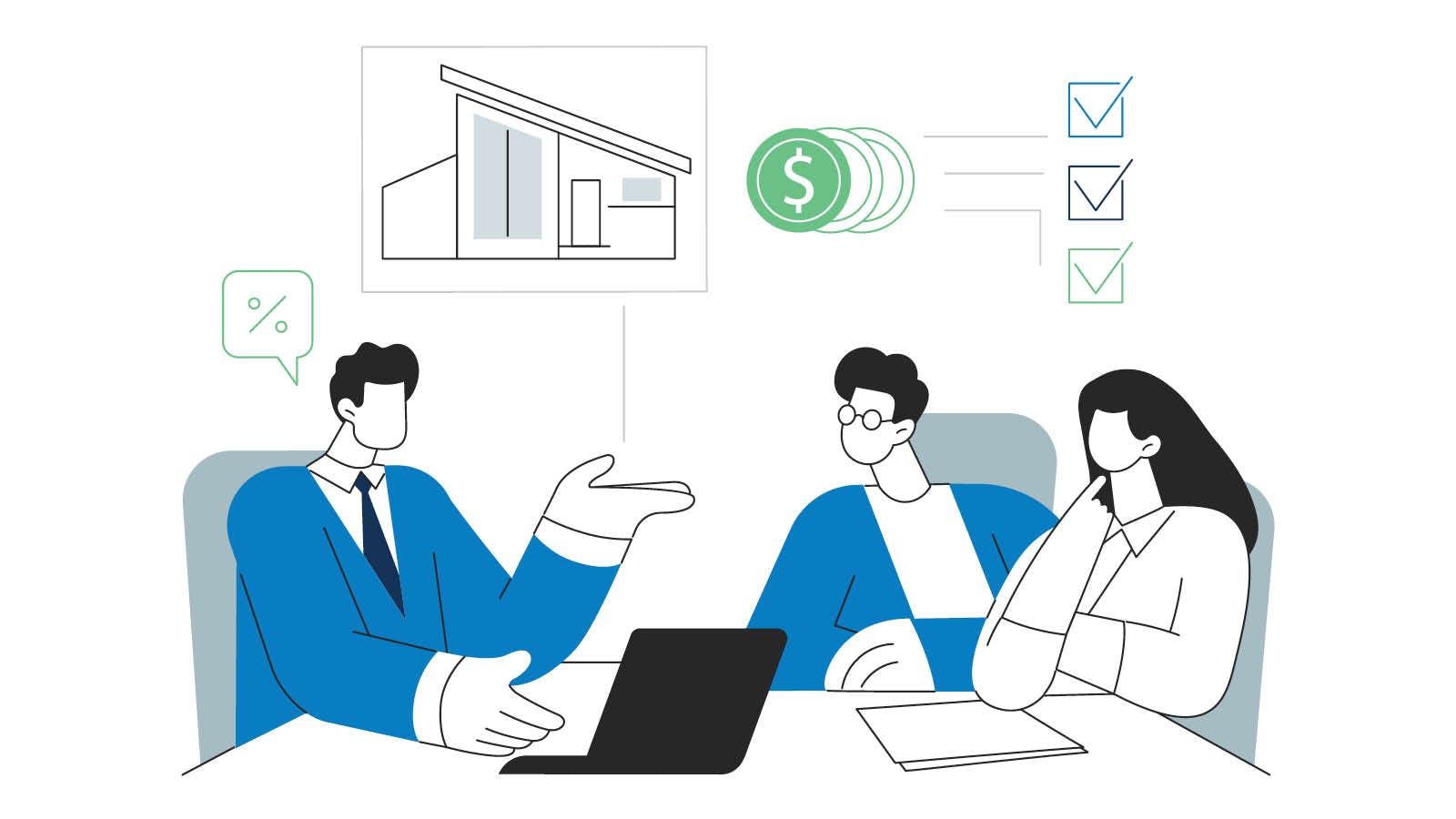If you’re itching to transform your current home to your dream home or overhaul a fixer upper before move in, you’re not alone. A recent Remodeling Impact Report from the National Association of Realtors found that 74 percent of owners have a greater desire to be in their home upon renovation project completions! But how are you paying the contractor or funding your DIY dreams? Whether completing a small weekend project or a massive revamp, learn how to finance a home renovation:
How to finance a home renovation
Credit card
If you’re hoping to tackle some smaller projects, like an insulation upgrade or hardwood flooring refinish, consider paying with a credit card. This method may work best with a 0 percent introductory APR card, where you’ll pay no interest for improvements (if you pay off the charges during the introductory offer period). Just keep in mind that once the introductory offer expires, your interest rate may skyrocket. If using your regular credit card, you may want to pay the balance off in full by your next pay period to avoid unnecessary interest charges. Also, you might want to investigate your card‘s reward features. If you’ll be spending on home improvements anyway, you may as well make a little bit back!
Personal loan
If tackling a mid-sized project, like an HVAC replacement or new siding, you might consider a personal loan. Banks, credit unions and certain financial institutions may all offer personal loans, so consider shopping around for lower interest rates, fewer fees, more doable repayment terms and timely payout. Your interest rate and qualification are likely based on your credit score, so keep in mind that borrowers with fair or poor credit will probably pay more or could have trouble qualifying. Also note that personal loans are unsecured loans, meaning your house isn’t used as collateral to qualify. So, while you may pay more in interest than other home renovation loans, you won’t risk losing your home in the event of default.
Home equity line of credit (HELOC)
For extended home renovation projects, like a fixer-upper overhaul, a HELOC may be a good fit. Instead of a set dollar amount, owners may be able to draw from a HELOC up to an approved credit limit. This means you could be able to take what you need, when you need it. HELOCs may also have variable interest rates, so your payment may rise or fall. Unlike a personal loan, a HELOC is a secured loan. Because your home is used as collateral you could enjoy lower interest rates, but if you fall behind on payments you could potentially lose your home. You might also need equity to qualify, meaning the appraised value is more than what’s owed.
Home equity loan (HEL)
A HEL may be best for owners who have done the math and know exactly how much they’re needing to take out. Funds are disbursed in a lump sum, usually with a fixed interest rate, meaning no fluctuation over the life of the loan. It may be beneficial to have a set figure in mind so you don’t pay interest on funds that aren’t needed. Be aware that a HEL allows you to borrow money using the equity in your home as collateral, so repayment struggles could lead to foreclosure. HELs may also come with strings attached, meaning hefty upfront costs and fees. You might want to shop around for the lowest bottom line.
Refinance
Owners who are sure they can lock in lower interest rates and monthly mortgage payments may consider Refinancing. Refinancing entails taking out a new loan to pay off the existing one. If new payments are lower, you could get to pocket the difference and could use the extra cash for renovations. Keep in mind that you might need to pay closing costs and certain fees and, if your loan term ends up being longer on the new loan, you could end up paying much more over the life of the loan in interest. A mortgage professional may be able to help determine if Refinancing is for you.
Published on November 25, 2019


